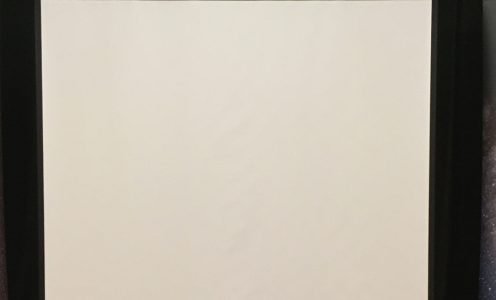A talk by Prof. Clive Ruggles to the Orpington Astronomical Society on November 22nd 2023
Report by Andrew Ramsay
Archaeoastronomy is a study of evidence that astronomy was an important part of prehistoric cultures. Clive Ruggles – probably the only Professor of Archaeoastronomy in the world – introduced his subject. He commenced by debunking the numerous theories about the purpose of various megaliths, tomb orientations and temple positions from ancient times. Some pretty famous people, like Fred Hoyle, had tried their hand at devising these, but subsequent research failed to support them.
Prof Ruggles built up a picture of the way in which the subject had developed during the 18th and 19th centuries. Following a lull at the beginning of the 20th century, widely read books by Gerald Hawkins and Richard Atkinson in the 1960s rekindled interest. As mathematical science and statistics started to be applied a schism developed between the researchers of New World sites and those studying European locations, resulting in two research journals (the brown and green, respectively).
The spin-off subject of ethno-astronomy enlarged the appreciation of depictions of asterisms and constellations by early peoples.
A few certainties emerged: Stonehenge was only one of a large group of “henges” with connections to approximate celestial events. Irish neolithic passage tombs were orientated in a variety of directions, not just the solstice sun rise (or sun set). The Egyptians had arranged their Great Pyramid to align almost perfectly north-south and east-west (no-one knows how). The Hawaiians had made temple platforms orientated to respond to their four gods of the four seasons. The position of the rise of the Pleiades was recognised almost all over the ancient world as indicating when to start planting.
In summary a colourful new angle on the ancient science of astronomy, and a reminder of how attractive theories can turn out to be unsound.


